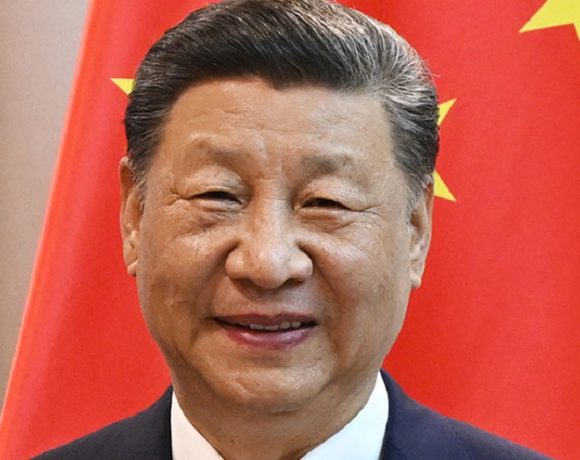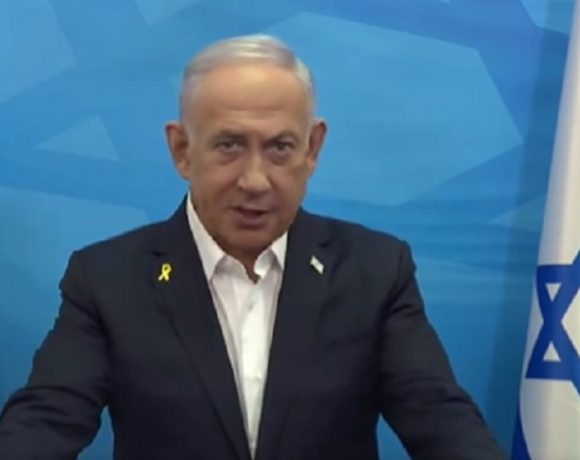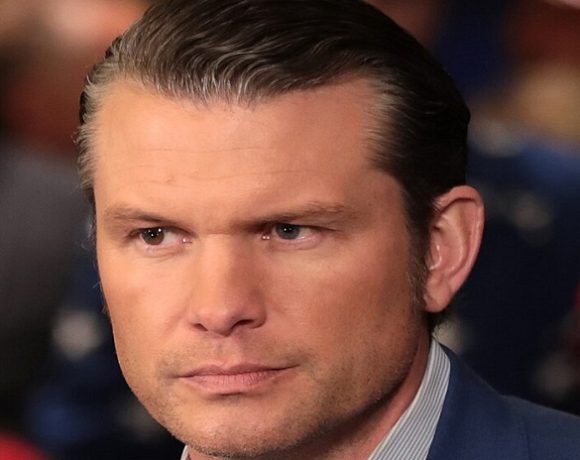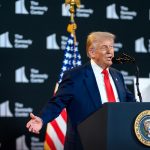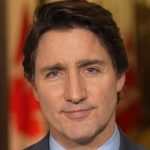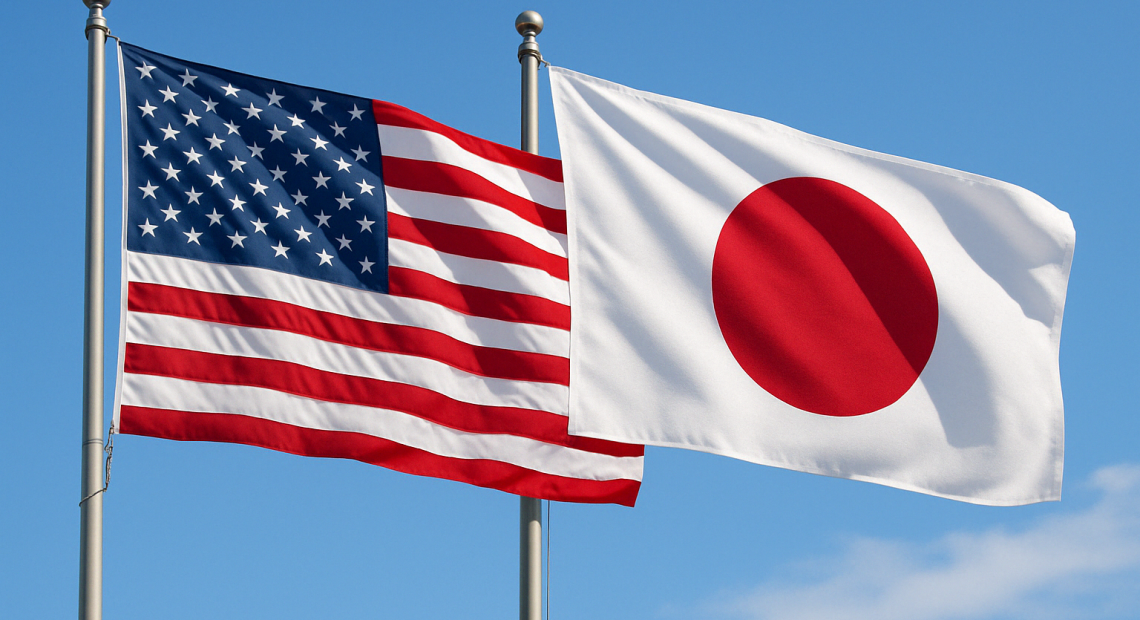
Trump Joins Japan Tariff Talks Amid Global Trade Tensions
President Donald Trump has personally entered the ongoing tariff negotiations with Japan, signaling the strategic importance the U.S. places on redefining trade partnerships amid a climate of rising global economic tensions. Flanked by Treasury Secretary Scott Bessent and Commerce Secretary Howard Lutnick, Trump participated directly in talks held in Washington, with both nations expressing cautious optimism about a potential resolution.
Japan’s top negotiator Ryosei Akazawa described the discussions as “very candid and constructive.” Japanese Prime Minister Shigeru Ishiba noted that while differences remain, there is a mutual willingness to engage, and he is expected to visit Washington in the near future to continue negotiations at the highest level.
Tariff Disputes and Economic Stakes
The U.S. has imposed a series of steep tariffs, including a 10% baseline and a 25% duty on Japanese automobiles, auto parts, steel, and aluminum. Though a 24% blanket tariff has been paused for 90 days, uncertainty lingers. These tariffs have rattled global markets and added pressure on Japan’s export-heavy economy, which maintains an average import tariff of just 1.9%.
The talks aim to ease the tension and carve out a more equitable trade agreement that addresses concerns on both sides, especially those surrounding access to domestic markets and reciprocal trade fairness.
China’s Watchful Eye and Geopolitical Undercurrents
As the U.S. works to consolidate its trade strategy, China is moving swiftly to fill gaps. With President Xi Jinping strengthening ties in Southeast Asia, the current negotiations between Washington and Tokyo could influence broader regional dynamics. Japan, a longstanding U.S. ally, is also under pressure to maintain its autonomy amid the jostling between two global powers.
Looking Ahead
With Trump’s direct involvement, the trajectory of U.S.-Japan trade relations may shift significantly in the coming months. For Japan, avoiding further economic disruption is paramount, while the U.S. continues to recalibrate its trade alliances in the context of an ongoing global reordering. The results of these talks could well define the contours of the next phase in global trade realignments.


